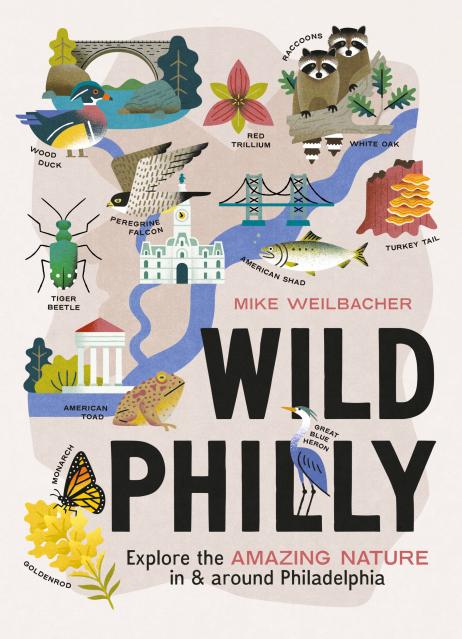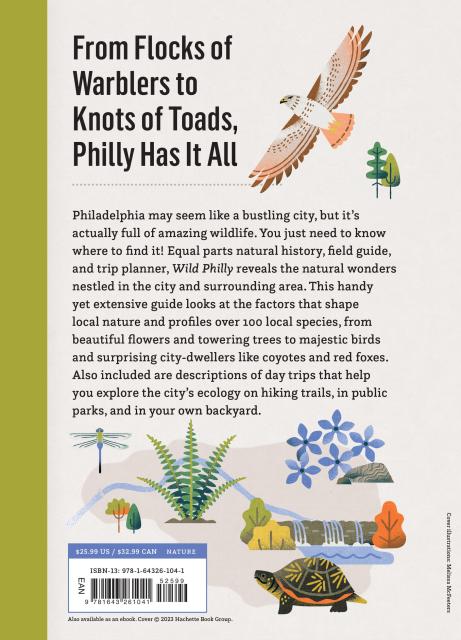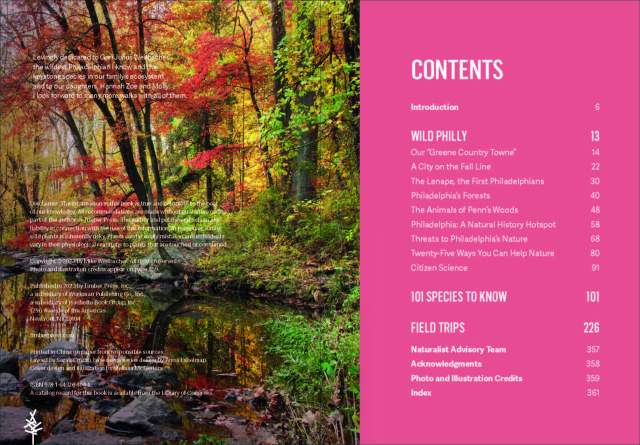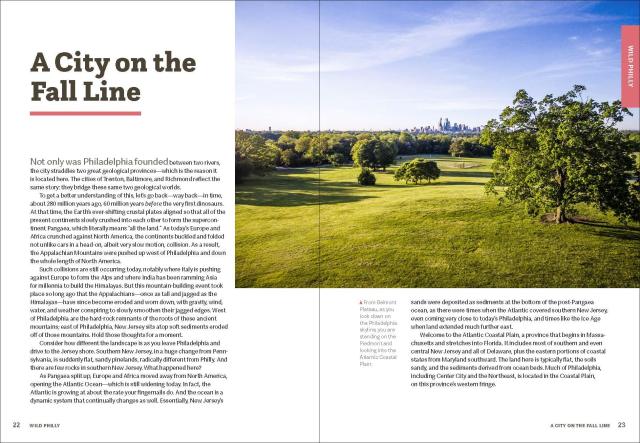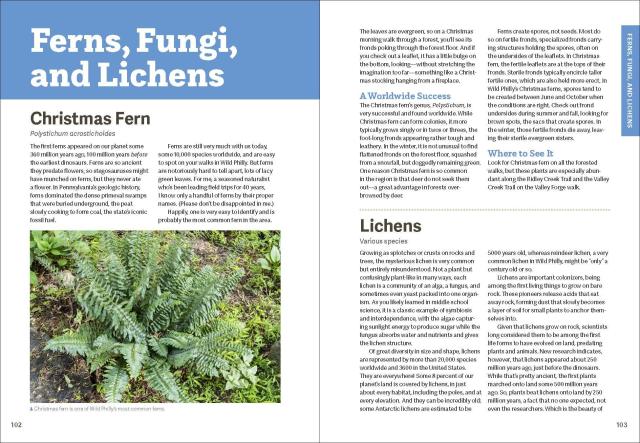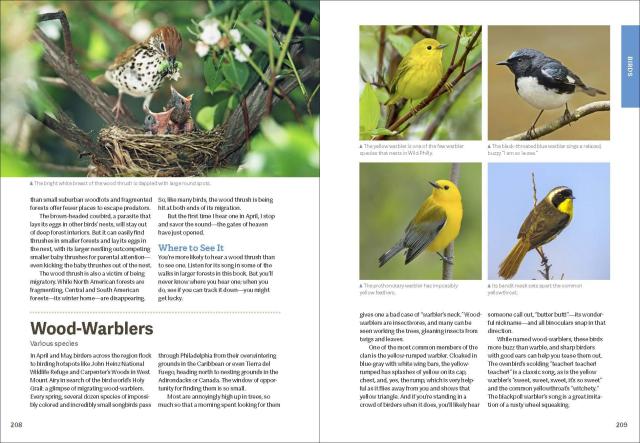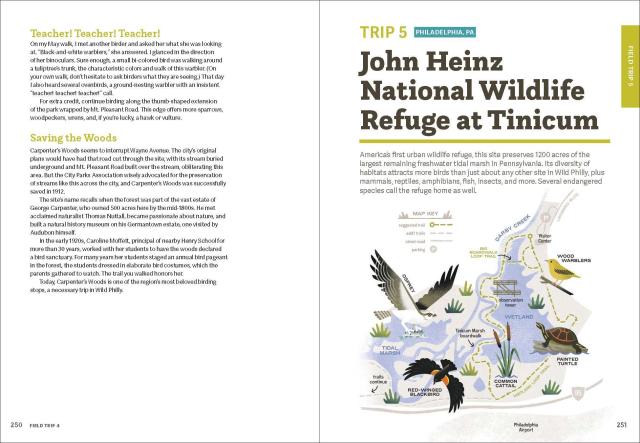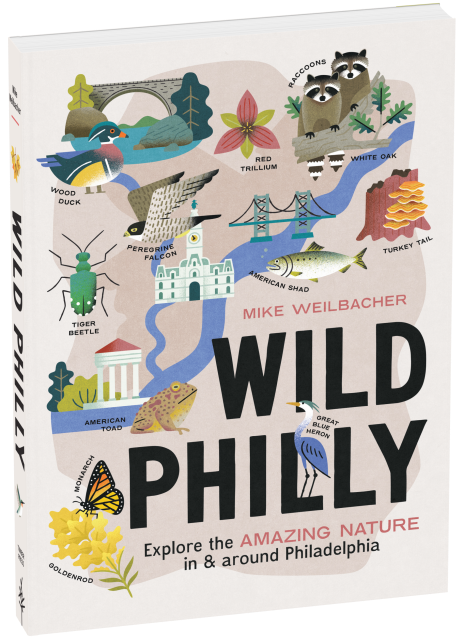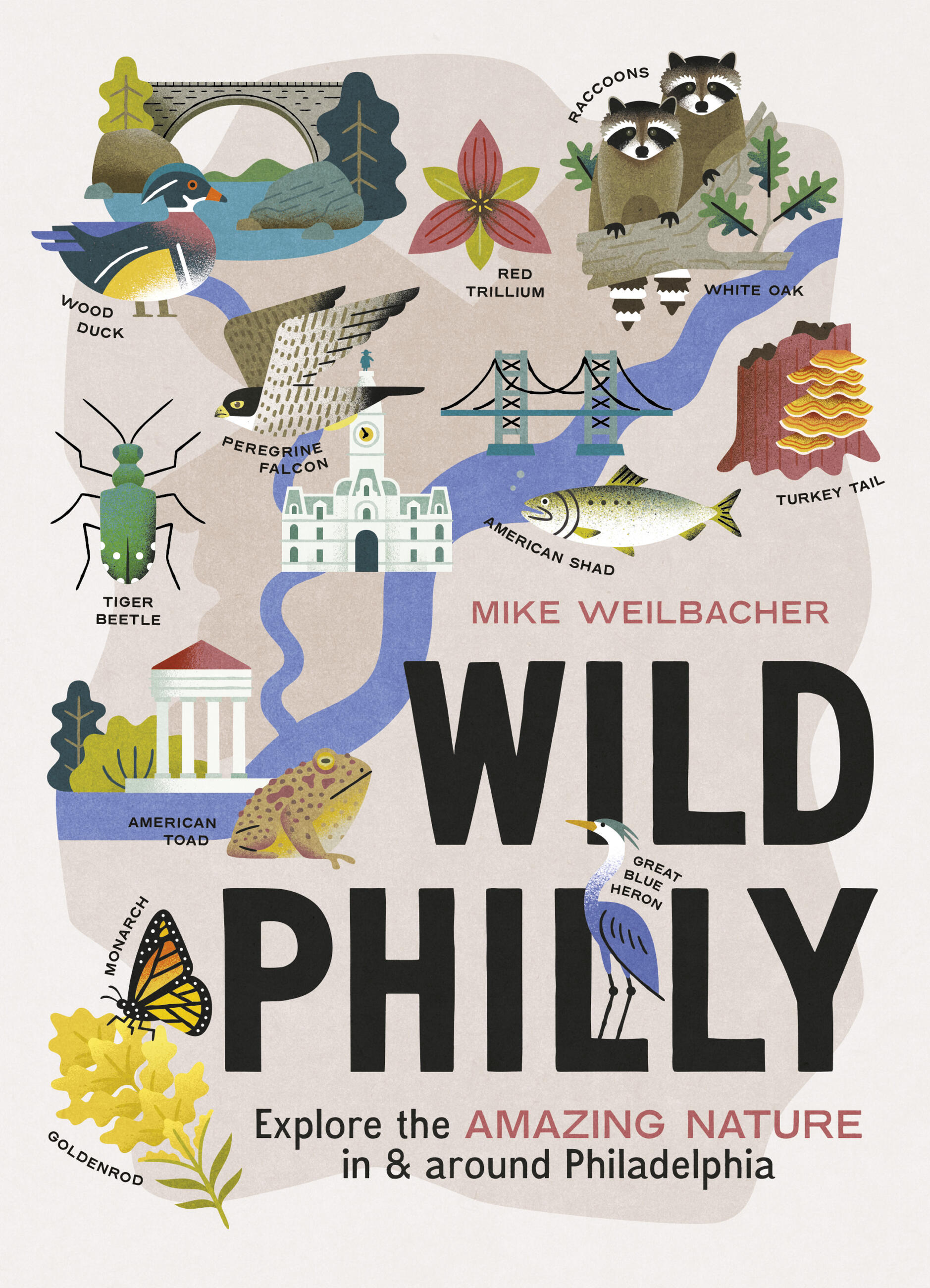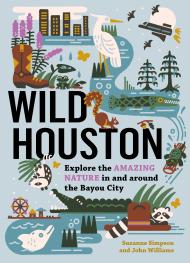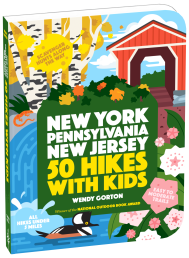Promotion
Use code MOM24 for 20% off site wide + free shipping over $45
Wild Philly
Explore the Amazing Nature in and Around Philadelphia
Contributors
Formats and Prices
Price
$25.99Price
$32.99 CADFormat
Format:
- Trade Paperback $25.99 $32.99 CAD
- ebook $12.99 $16.99 CAD
This item is a preorder. Your payment method will be charged immediately, and the product is expected to ship on or around February 28, 2023. This date is subject to change due to shipping delays beyond our control.
Also available from:
Philadelphia may seem like a concrete jungle, but in reality, it's full of amazing wildlife. You just need to know where to find it! Equal parts natural history, field guide, and trip planner, Wild Philly has something for everyone. This handy yet extensive guide looks at the factors that shape local nature and profiles over 100 local species, from beautiful flowers and towering trees to majestic birds and surprising city-dwellers like coyotes and red foxes. Also included are descriptions of day trips that help you explore natural wonders on hiking trails, in public parks, and in your own backyard.
Genre:
-
"This guidebook by Mike Weilbacher includes the region's natural history, 101 species to know, and 19 field trips in the city, surrounding suburbs, and South Jersey."Philadelphia Inquirer
-
"Wild Philly will help you to discover new things about the animal and plant life throughout the region."Broad Street Books
- On Sale
- Feb 28, 2023
- Page Count
- 368 pages
- Publisher
- Timber Press
- ISBN-13
- 9781643261041
Newsletter Signup
By clicking ‘Sign Up,’ I acknowledge that I have read and agree to Hachette Book Group’s Privacy Policy and Terms of Use
